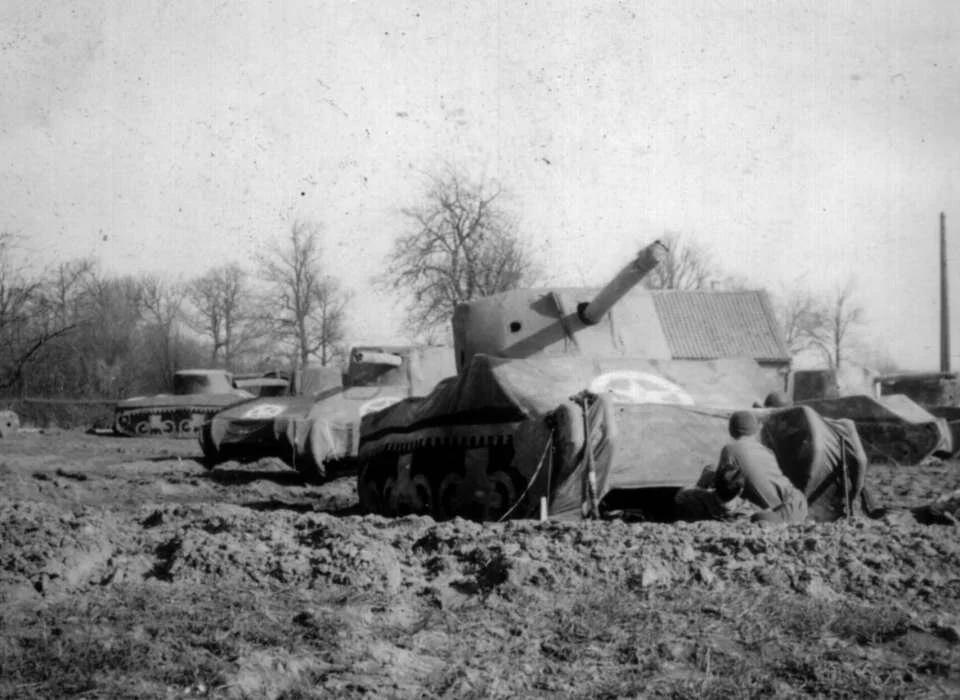In today's fast-paced business world, leadership isn't just about steering the ship; it's about igniting a sense of purpose that drives teams to excel.
Purpose-driven leadership is all about aligning leadership practices with the core values and mission of the organization.
At its heart, purpose-driven leadership recognizes that businesses have a deeper reason for being beyond making money. Whether it's improving lives, sparking innovation, or making a positive impact on society, leaders who embrace this philosophy understand that success is about more than just the bottom line.
Central to purpose-driven leadership is the alignment of leadership practices with organizational values. When leaders embody and champion these values, they create a culture where every decision and action is guided by shared principles. This alignment fosters trust and cohesion among team members, inspiring all to work together towards common goals.
Purpose-driven leaders are skilled at articulating the organization's purpose in a way that resonates with their teams. By connecting individual tasks to the larger mission, leaders infuse work with meaning and significance, fueling intrinsic motivation and passion. But purpose-driven leadership isn't just about talking the talk; it's about walking the walk.
It's about embodying those core values in everything you do, from the way you communicate with your team to the decisions you make as a leader.
When you lead by example, you create a culture where everyone feels empowered to live out those values in their own work.
And speaking of communication, that's another key ingredient in purpose-driven leadership. It's not enough to just have a mission statement buried somewhere on your website. You've got to bring that mission to life, to make it real and tangible for your team. That means talking about it, celebrating it, and showing your team how their work directly contributes to that bigger picture.
Moreover, purpose-driven leaders prioritize empathy and inclusivity. By understanding the needs and challenges of team members, you create an environment where everyone feels valued and empowered. This sense of belonging drives loyalty and commitment among employees.
Continuous learning and growth are also central to purpose-driven leadership. (We always say, a good leader never stops learning!) Investing in the development of your team fosters a culture of innovation and demonstrate their commitment to their employees' success.
The impact of purpose-driven leadership extends beyond the organization itself. Companies led by purpose-driven leaders attract top talent, retain employees, and enjoy stronger customer loyalty. They also contribute positively to society and the environment, making a meaningful difference in the world.
In conclusion, purpose-driven leadership is a powerful force for organizational success and societal change.
By aligning leadership practices with organizational purpose and values, leaders inspire and motivate teams to achieve greatness. As you navigate the complexities of the modern world, purpose-driven leadership lights the way forward, guiding us towards a brighter, more sustainable future.


















